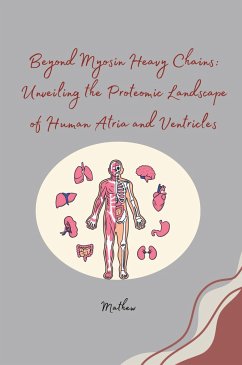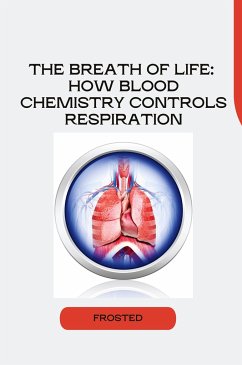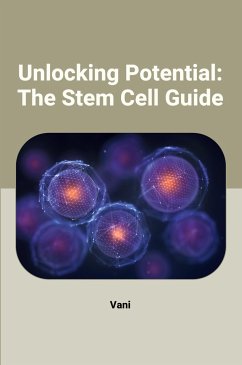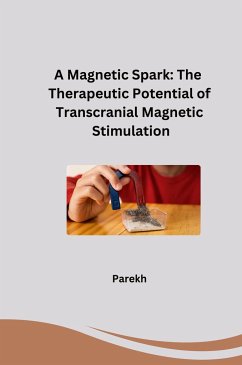
Reconciling the Debate: Evidence for Caveolin-1 in Human Ventricular Cardiomyocytes
Versandkostenfrei!
Versandfertig in 6-10 Tagen
28,59 €
inkl. MwSt.

PAYBACK Punkte
0 °P sammeln!
plasma membrane as a protective mechanism.29 In the heart, a high density of caveolae have been shown at the plasma membrane, increasing the surface area up to 2-fold.22,30,31,32 Indeed, disruption of caveolar biogenesis in cardiac muscles can lead to cell damage and compensatory hypertrophy.33 Caveolae exist as single pits with a characteristic omega-shaped structure at the cell surface,22 while association of multiple caveolae was proposed to contribute to T-tubules biogenesis in postnatal muscle cells5, or to multi-lobed caveolar structures called rosettes34. CAV3 knock-out in mice resulted...
plasma membrane as a protective mechanism.29 In the heart, a high density of caveolae have been shown at the plasma membrane, increasing the surface area up to 2-fold.22,30,31,32 Indeed, disruption of caveolar biogenesis in cardiac muscles can lead to cell damage and compensatory hypertrophy.33 Caveolae exist as single pits with a characteristic omega-shaped structure at the cell surface,22 while association of multiple caveolae was proposed to contribute to T-tubules biogenesis in postnatal muscle cells5, or to multi-lobed caveolar structures called rosettes34. CAV3 knock-out in mice resulted in a complete loss of caveolae and decreased T-tubule density.35 It was proposed, that the actin cytoskeleton regulates the organization of caveolae such that actin polymerization increases caveolae abundance.36 Furthermore, the actin cytoskeleton was proposed to be involved in caveolae endocytosis and recycling.37,38 The association of caveolae with actin filaments was documented by electron microscopy in fibroblasts39, epithelial cells40 and muscle cells29.














